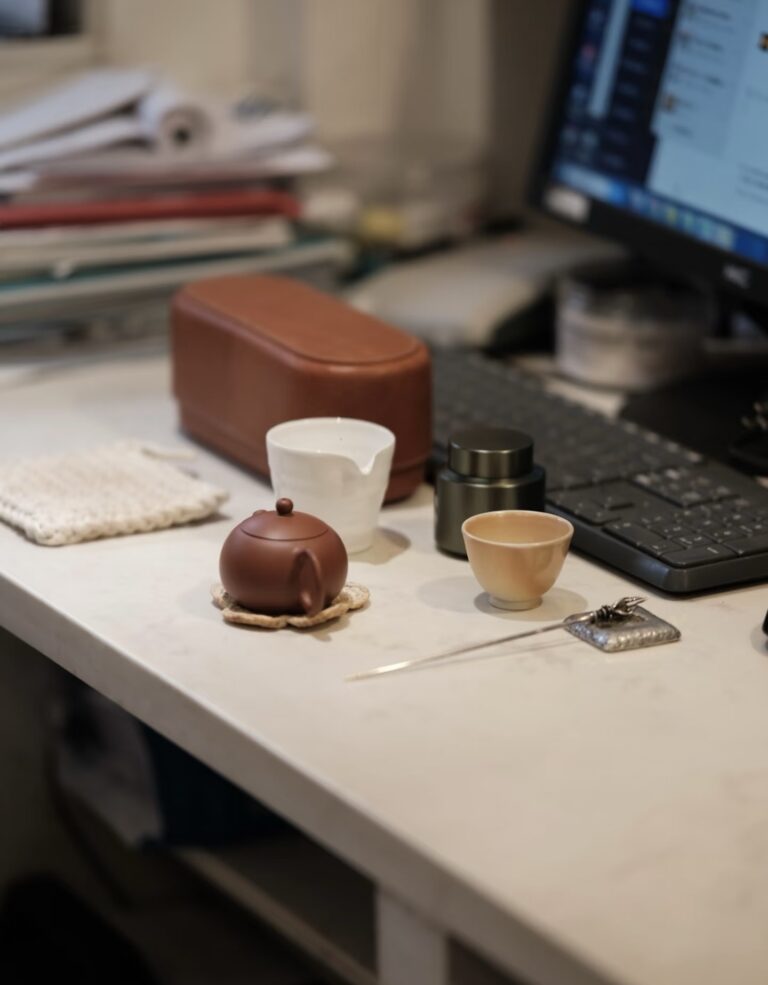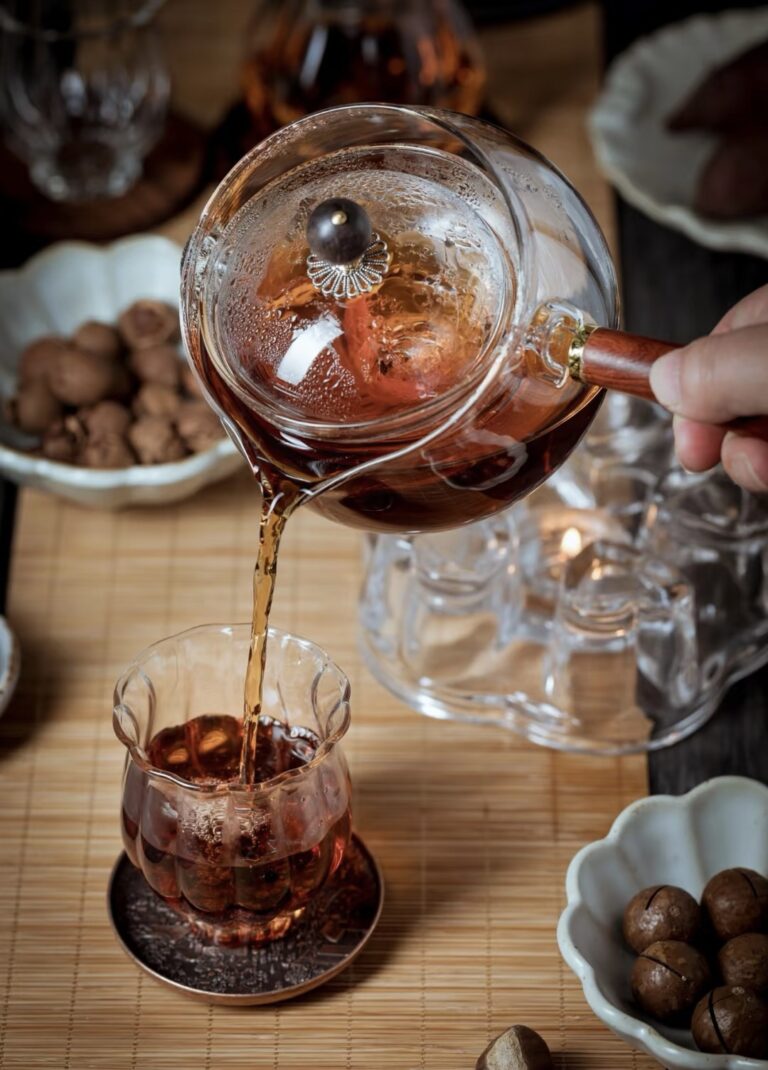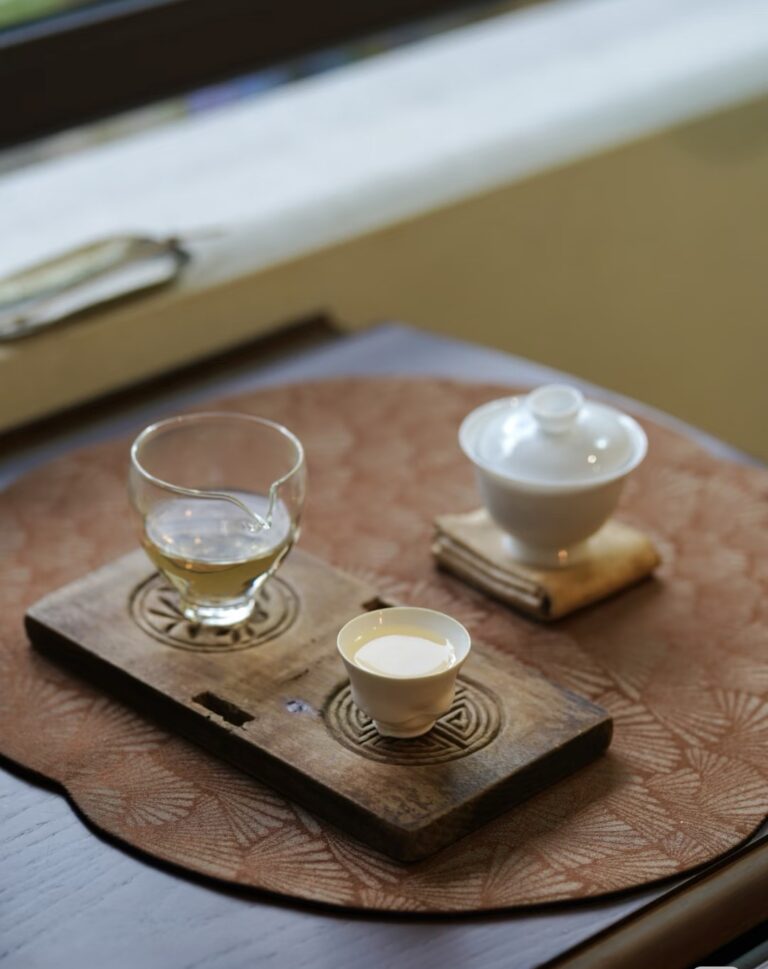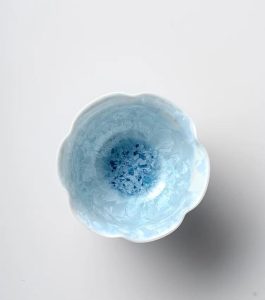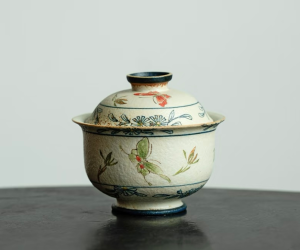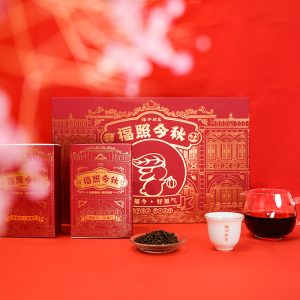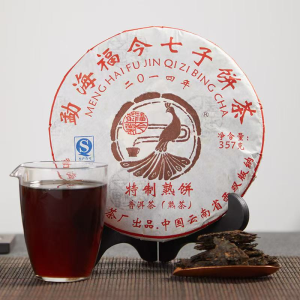
Discover the secrets behind Xinhui Xiao Qing Gan (小青柑), the viral tangerine-Pu’er tea that’s taking the tea world by storm. Learn how it’s made, its health benefits, nutritional value, and the best ways to brew it for maximum flavor.
Why Xiao Qing Gan Tea Is Exploding in Popularity
1. The Perfect Fusion of Citrus & Tea
Xiao Qing Gan combines the bright, zesty aroma of young green tangerines (茶枝柑) with the smooth, mellow depth of aged Pu’er tea, creating a unique and addictive flavor profile.
2. A Specialty of Xinhui, China
Made exclusively from Xinhui Tea-Branch Tangerines, a premium citrus variety known for its thick, fragrant peel, Xiao Qing Gan is a regional treasure with growing global appeal.
3. Health Benefits & Refreshing Taste
Beyond its delicious taste, Xiao Qing Gan is praised for:
Boosting digestion (thanks to Pu’er tea)
Rich in antioxidants (from both tangerine and tea)
Refreshing & energizing – perfect for morning or afternoon sips
Packed with essential nutrients (see below for full breakdown)
Related reading: 5 Key Differences Between: Xiao Qing Gan and Gan Pu Tea
Nutritional Benefits of Xiao Qing Gan Tea
Xiao Qing Gan is more than just a flavorful beverage – it’s a nutrient-dense superfood that combines the best of tangerine and Pu’er tea, offering a wide range of health-promoting compounds:
1. Antioxidant Powerhouse
- Tangerine Peel (茶枝柑皮) contains:
Polymethoxylated flavones (PMFs) – rare citrus flavonoids with potent antioxidant and anti-inflammatory properties.
Limonene – a compound shown to support liver health and detoxification.
- Pu’er Tea provides:
Catechins (especially epicatechin gallate) – powerful antioxidants that protect against oxidative stress.
Theaflavins – formed during fermentation, these compounds have additional antioxidant effects.
2. Digestive Health Support
- Pu’er Tea is traditionally used to:
Aid digestion and reduce bloating through its enzymatic activity.
Lower cholesterol levels by binding bile acids.
Support gut microbiota balance (studies suggest it may promote beneficial bacteria).
- Tangerine Peel has been used in Traditional Chinese Medicine (TCM) for:
Relieving indigestion and stomach discomfort.
Regulating gastric acid secretion.
Supporting liver function.
3. Vitamin & Mineral Profile
- Vitamin C (from tangerine peel):
Supports immune function.
Promotes skin health and collagen production.
Acts as a natural antioxidant.
- Potassium (from both ingredients):
Helps regulate blood pressure.
Maintains proper fluid balance.
Supports muscle and nerve function.
- Dietary Fiber (from Pu’er tea):
Aids digestion and promotes satiety.
May help regulate blood sugar levels.
4. Metabolic & Weight Management Benefits
- Pu’er Tea may help:
Boost metabolism through thermogenesis (heat production).
Reduce fat accumulation (studies suggest it may aid weight loss when combined with a healthy diet).
Improve insulin sensitivity.
- Tangerine Peel contains compounds that:
May help regulate blood sugar levels.
Support healthy lipid metabolism.
5. Anti-Inflammatory & Detoxifying Effects
- Both ingredients have demonstrated:
Anti-inflammatory properties – potentially reducing chronic inflammation linked to many diseases.
Detoxifying effects – Pu’er tea is known for its ability to help flush out toxins from the body.
Liver protective effects – both components may support liver health.
6. Additional Beneficial Compounds
- Essential oils from tangerine peel contribute to:
Respiratory health benefits.
Mood-enhancing effects (citrus aromas are known to uplift spirits).
- Polyphenols from Pu’er tea provide:
Cardiovascular protection.
Potential anti-cancer properties (though more research is needed).
How Xiao Qing Gan Tea Is Made: Step-by-Step Process

Step 1: Harvesting (July–August)
- Fresh Xinhui Tea-Branch Tangerines are handpicked when their peel is green-brown, firm, and aromatic.
Step 2: Washing & Sorting
- The tangerines are machine-washed to remove dirt.
- Only uniformly sized, high-quality fruits are selected for processing.
Step 3: Hollowing Out the Fruit
- Skilled workers carefully remove the pulp while keeping the intact peel, ensuring structural integrity.
Step 4: Filling with Premium Pu’er Tea
- High-quality aged Pu’er tea is packed into the hollowed-out tangerine, filling it to 10–12 grams for optimal flavor balance.
Step 5: Sun-Drying (3–9 Days)
- The filled tangerines are sun-dried, sometimes aided by fans to speed up drying while preserving quality.
Step 6: Wrapping in Cotton Paper
- Once dried, Xiao Qing Gan is hand-wrapped in cotton paper to maintain freshness and prevent moisture absorption.
How to Brew Xiao Qing Gan Tea: Best Methods for Maximum Flavor

Method 1: Whole Fruit Brewing (Best for Balance)
Pros: Preserves the natural harmony of citrus and tea.
Cons: Takes longer to steep (5–7 mins per brew).
Best for: Tea lovers who enjoy a smooth, balanced flavor.
Method 2: Crushed Fruit Brewing (Faster Infusion)
Pros: Releases flavor quickly, great for busy mornings.
Cons: May lead to uneven taste (strong citrus first, then tea).
Best for: Those who prefer a bold initial brew before enjoying the tea’s depth.
Method 3: Punctured Brewing (Best for Long-Lasting Flavor)
Pros: Even extraction, high brew count (up to 10+ steeps).
Cons: Requires a tea needle for poking holes.
Best for: Tea enthusiasts who want a consistent, multi-steep experience.
Why You Should Try Xiao Qing Gan Tea
Xiao Qing Gan is more than just a tea—it’s a sensory experience blending citrus freshness with Pu’er’s depth, plus a nutrient-rich profile that supports digestion, immunity, metabolism, and overall wellness. Whether you’re a tea newbie or a connoisseur, this trendy brew is worth trying.
Ready to brew your first cup? Grab high-quality Xiao Qing Gan and experiment with the methods above for the best taste.

